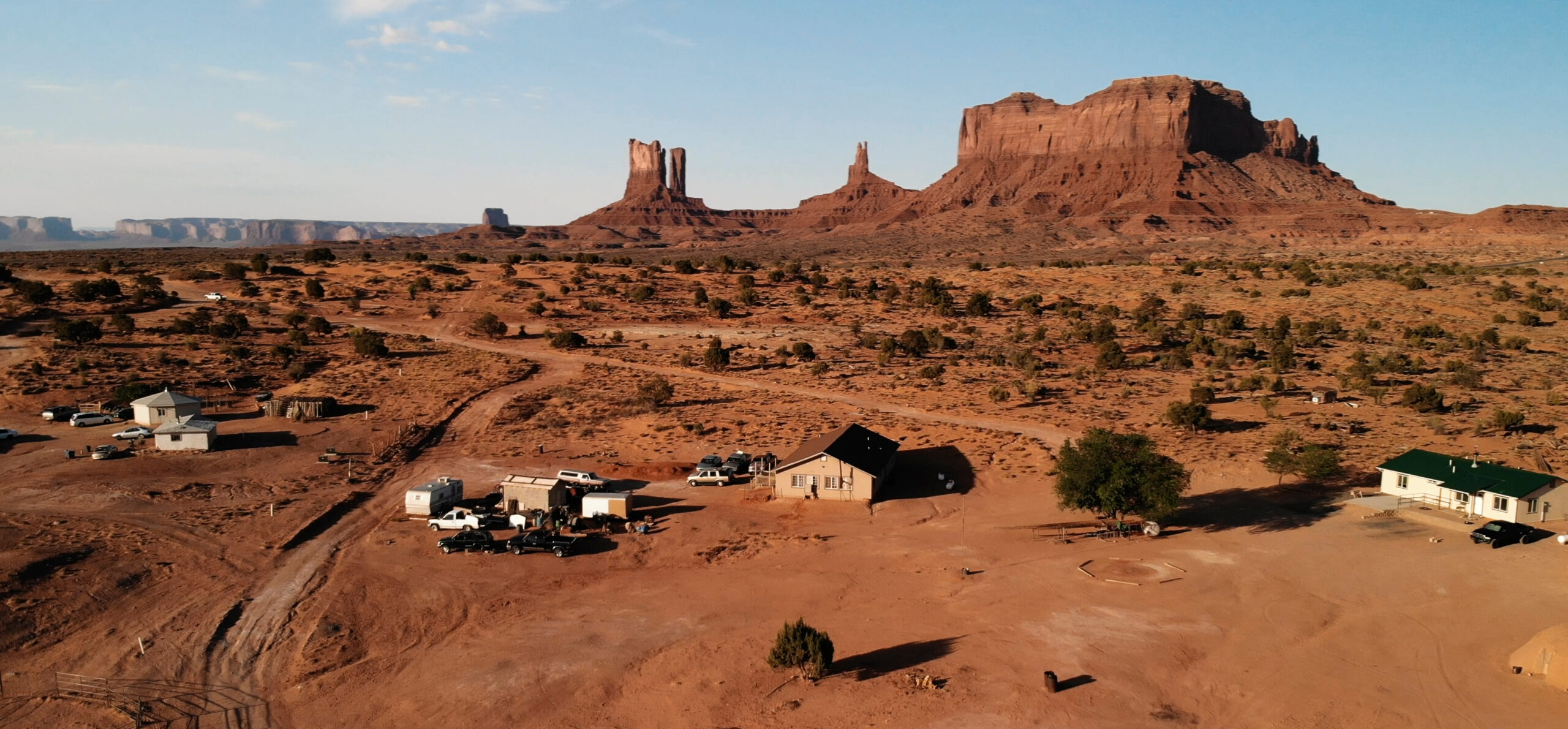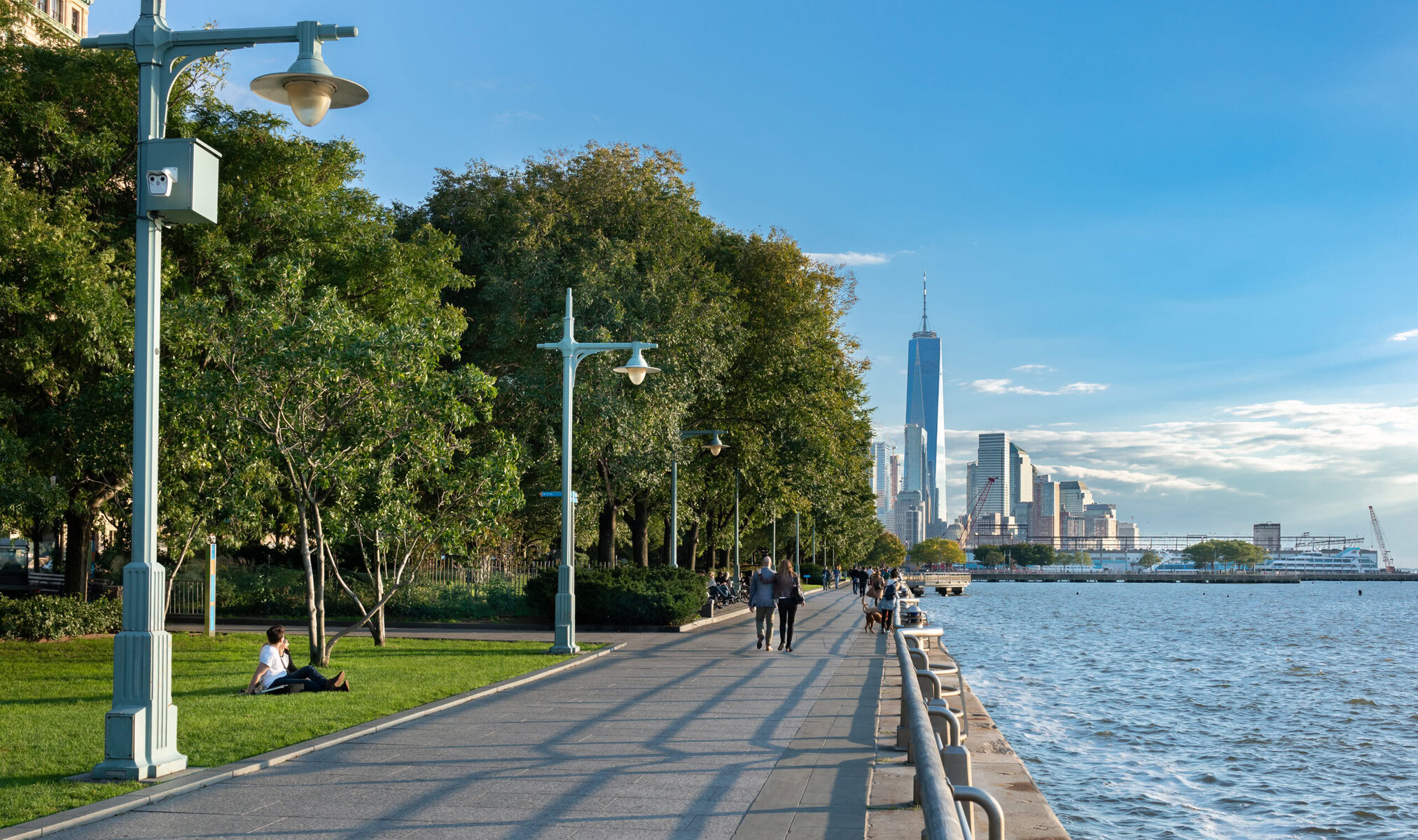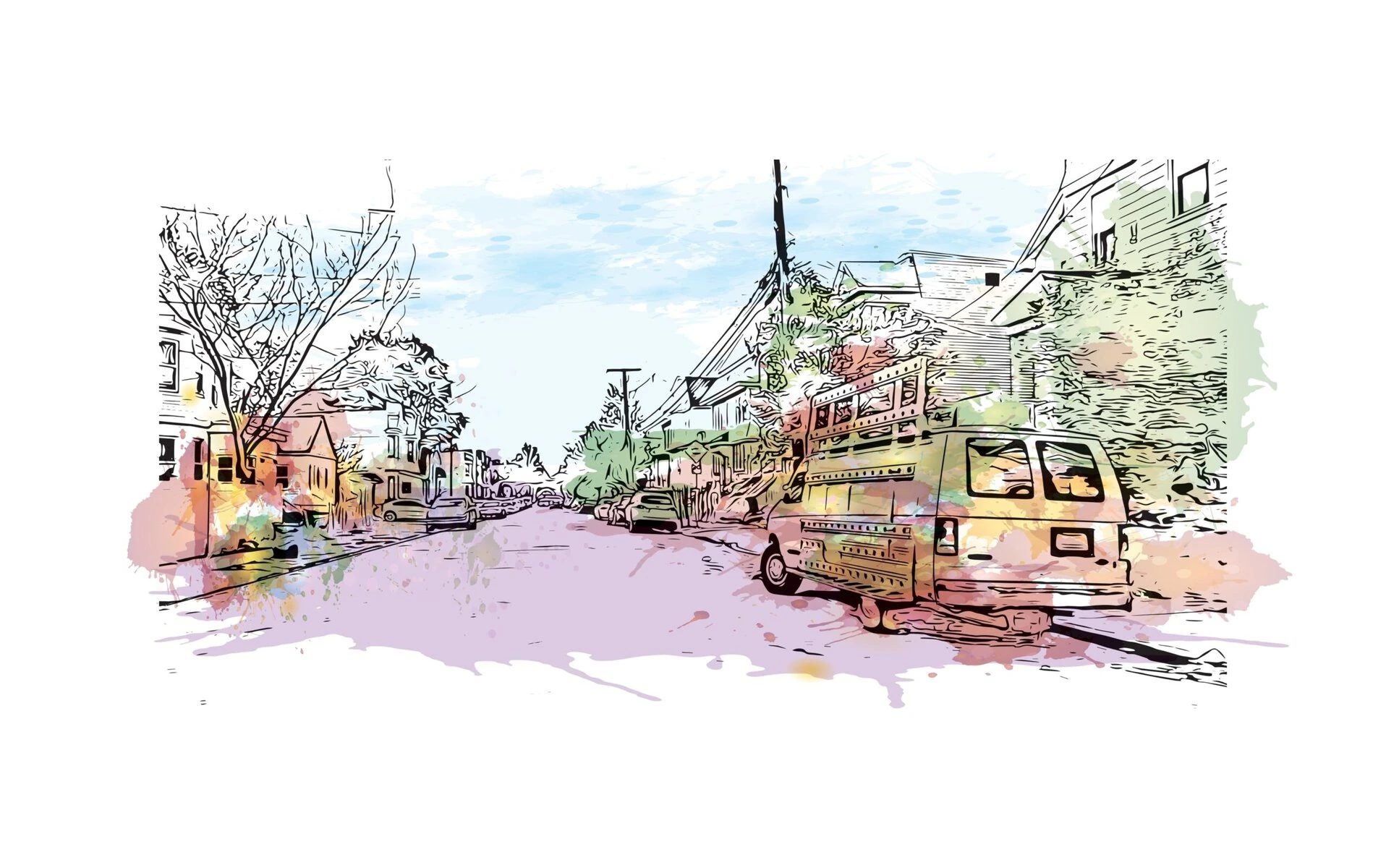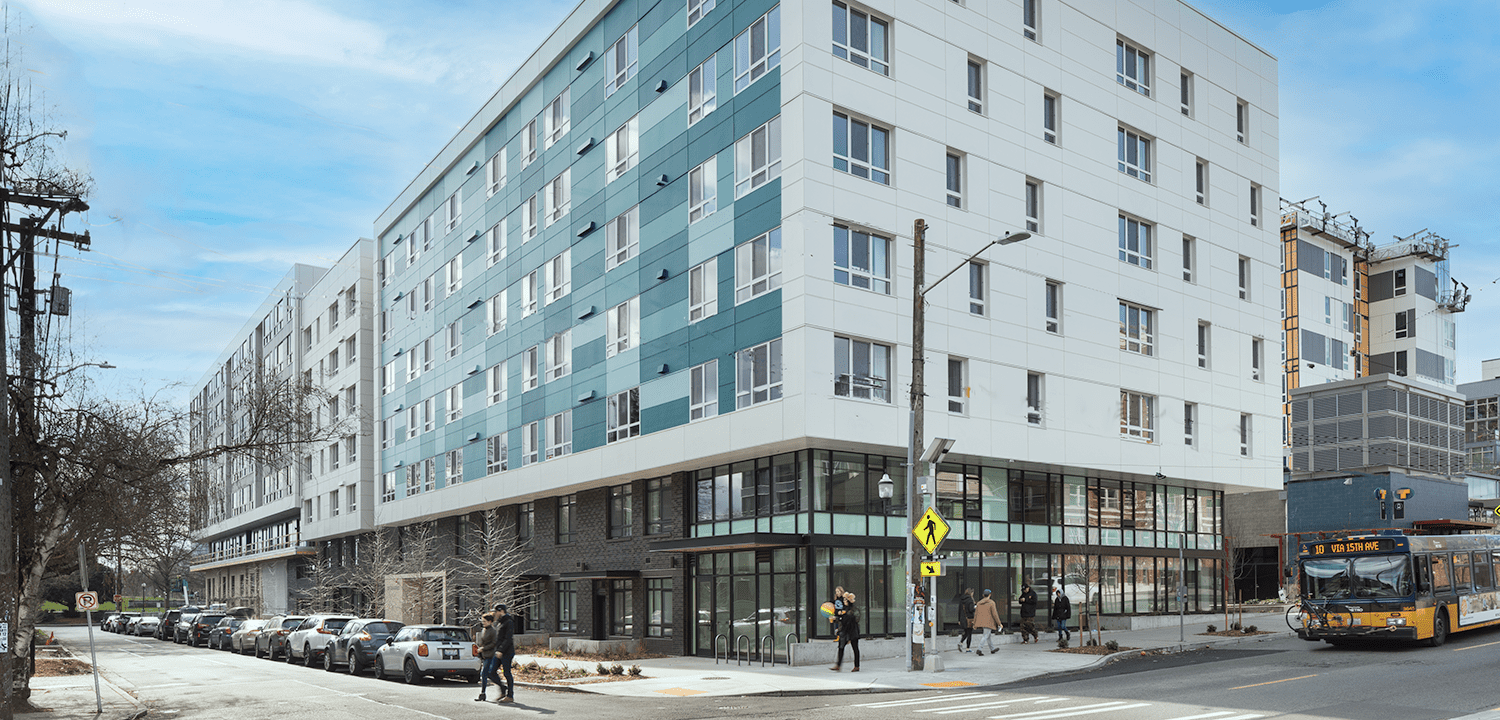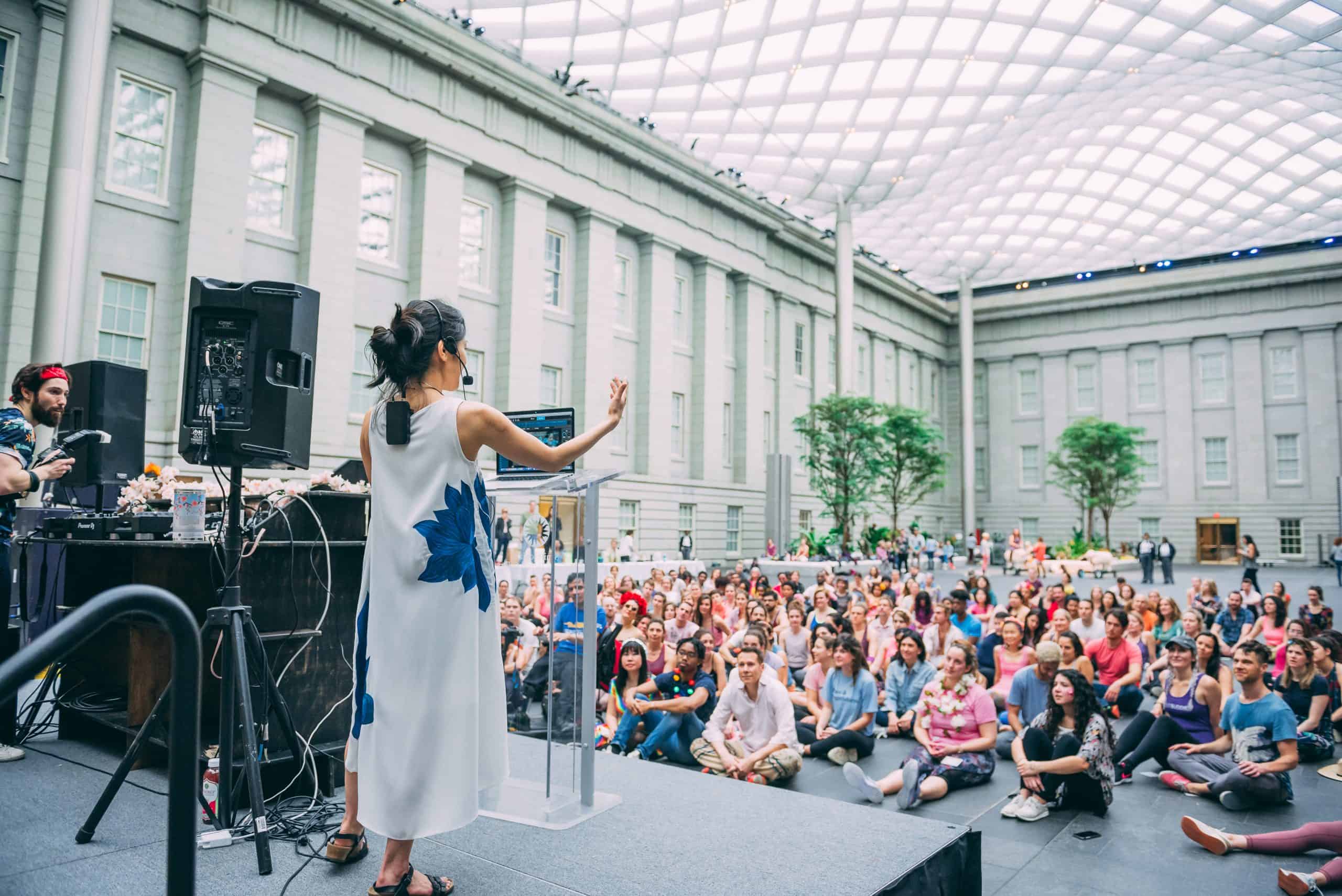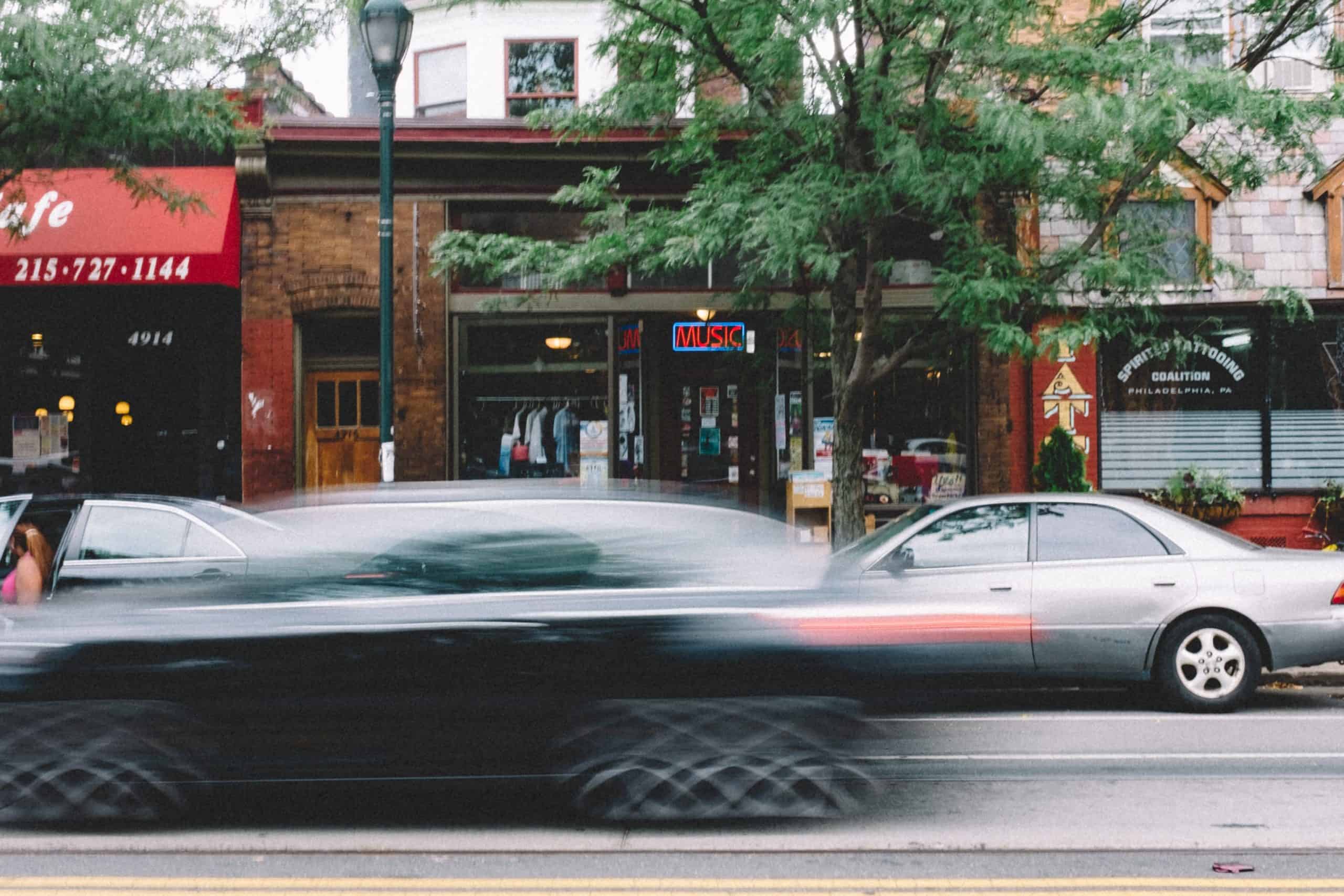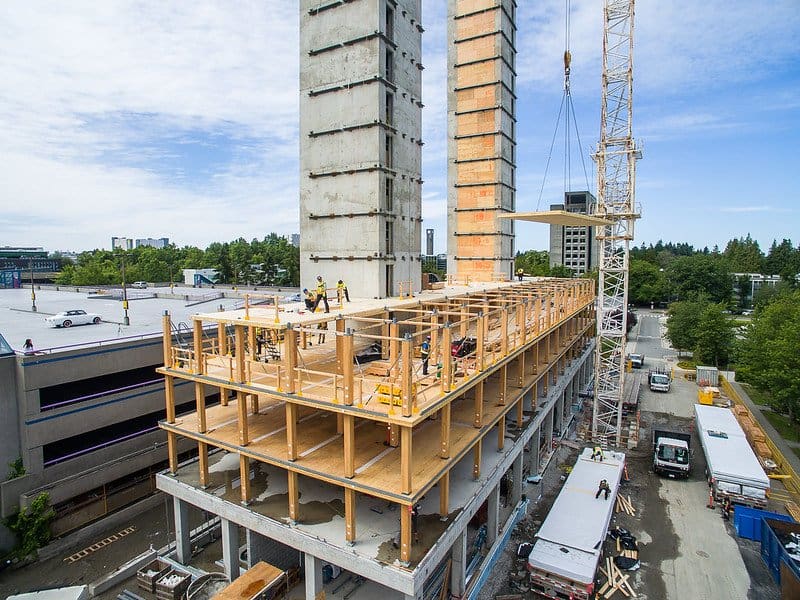The images that emerged from Beirut after the dust cleared were shocking: a city devastated by one of the most powerful non-nuclear blasts ever to hit a major city. The explosion on August 4, 2020 at the city’s port came from two warehouses filled with 2,750 tons of volatile ammonium nitrate. It killed more than 200 people, physically injured over 6,000 and mentally affected thousands more. Beyond the human toll, the disaster turned hundreds of thousands of windows and walls into rubble, instantly generating between 800,000 and one million tons of construction and demolition waste and 20,000 tons of shattered glass, according to a United Nations estimate.
Mohammed Daoud, CEO of Development Inc., a company based south of the city that specializes in glass and plastic recycling, remembers that day clearly. “I had just got home, and my house started shaking. First, I thought that an earthquake was happening so I took cover,” he says. “Then everything in my house started to jump all over and we heard the explosion. My first thought was that maybe a war had started.”
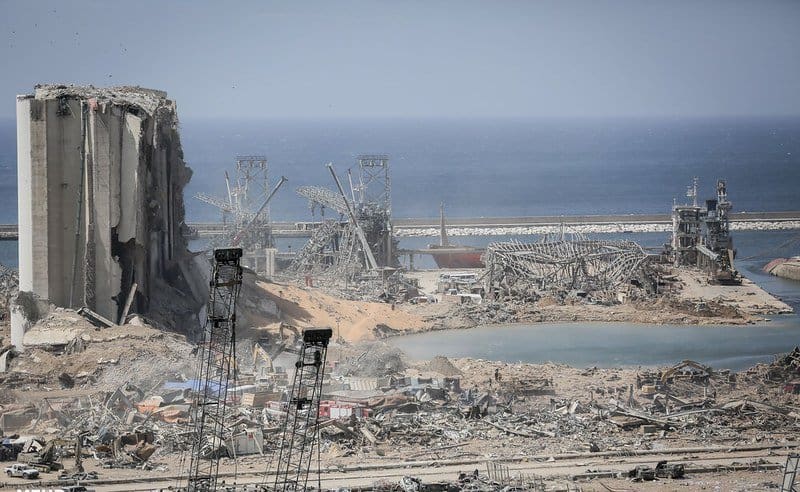
Once over his shock, Daoud quickly started to coordinate volunteers who rushed to Beirut to help in the clean-up effort. “On that very day, we saw the main contractor for waste management in Beirut taking away all kinds of rubble on trucks to throw it right away in the landfills,” he recalls. The scene was reminiscent of another one that unfolded in Beirut 14 years earlier, when hundreds of buildings and dozens of hospitals, bridges and schools were bombed in the war between Lebanon and Israel. Then, the wreckage and debris were taken to a site by the Mediterranean coast and partly dumped into the sea, thus creating new land. Many years later, part of the rubble from this war was transferred to a proper landfill.
Daoud knew that this time around there was very little time to avert an environmental debacle. Throwing waste into landfills doesn’t just squander materials that could be recycled — landfills themselves are often ecologically destructive. In Lebanon, many are located by the sea, where they release toxic substances into the Mediterranean. They sometimes emit potentially dangerous gases like ammonia, as well as small particles that may carry heavy metals.
The costs of all this are enormous: Lebanon spends $420 million per year on solid waste management, nearly ten times what Jordan and Tunisia spend.
When it comes to construction and demolition waste, the problem is even more acute: there is simply no landfill dedicated to receiving these materials in Lebanon. Residents are left with little choice than to dump their trash in natural areas.
Exacerbating the problem is the fact that waste is big business in Lebanon, which ranks 149th out of 180 countries in perceived corruption, according to Transparency International. Waste removal companies contracted by the government often enjoy tight ties to the political elite, and are sometimes working more to advance their interests than the public’s. What’s more, in Beirut they are paid for every ton of waste they deliver to landfills. “Imagine the benefits they would have made, with all these walls, these columns of concrete…” says Elie Mansour, head of the urban planning and design unit at UN-Habitat.
By diverting a portion of the blast’s construction and demolition waste away from landfills, Daoud and Mansour hoped to achieve two goals in one fell swoop: protect the environment and avert systemic corruption.
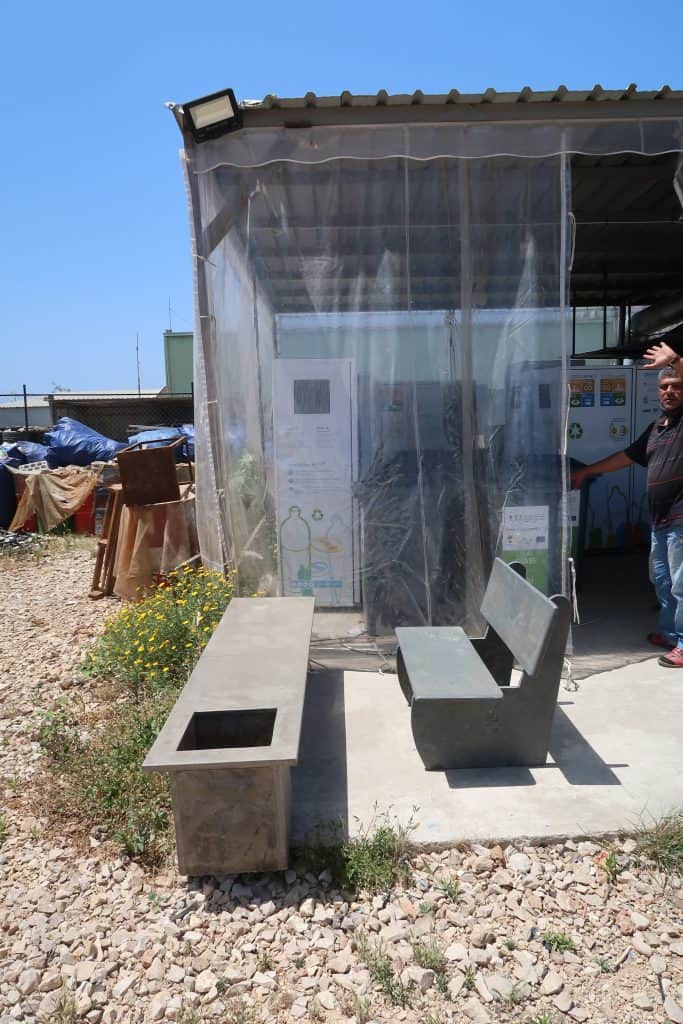
All of these factors were on Daoud’s mind when, shortly after the explosion, he started thinking about how the waste could be disposed of in a more sustainable way. His basic thought process went like this: “First, we segregate the rubble and extract the glass and plastics out of them. Then, we use the glass and plastics to rebuild the city, and we take the rubble to rehabilitate quarries.”
Easier said than done. To make it work, Daoud would need extra arms — and brains. He quickly reached out to Lebanon’s reforestation initiative, which works to restore quarries. “They agreed right away to jump in,” he says, “but we did not know how to collect the rubble from the affected area. So I picked up my phone and reached out to Mona el Hallak, who is the director of the Neighborhood Initiative in the American University of Beirut,” an organization with experience leading community projects in the city. An architect who is known for having prevented the demolition of an iconic building damaged during Lebanon’s civil war, el Hallak works with the municipality of Beirut on a regular basis. “She gave us the opportunity to showcase our idea to the governor of Beirut,” says Daoud. The city ultimately backed the project.
“We then started to send teammates to speak with volunteers sweeping the streets, so that they would isolate the glass and the rubble. And then, UN-Habitat called us, and said they would like to be part of the project.” After a short while, these organizations agreed to form an international consortium, and the Rubble to Mountains project was born.
Rubble to Mountains is an effort to take the detritus of a devastating event and transform it into something that benefits Lebanon. It’s not a beautification project — it’s an earnest attempt to solve an environmental problem faced by a place contending with large amounts of post-disaster debris.
The Rubble to Mountains solution starts with crushing the stones and glass left behind by the blast, reducing them to sand that can be transported to abandoned quarries. “There are approximately 1,200 [abandoned quarries] throughout Lebanon,” says Maya Nehme, director of Lebanon’s reforestation initiative. Though the operators are legally bound to restore a quarry after exploiting it, this rarely happens. Lebanon’s landscape is thus scarred with disfigured hills. “Rubble will help fill these holes,” says Nehme.
Crushed by negative news?
Sign up for the Reasons to be Cheerful newsletter.Her organization, an initiative launched by the United States Forest Service (USFS) with support and funding from USAID, has restored four quarries across the country over the last several years, filling them, planting them and turning them into ecotourism areas and forests. Mending quarries has aesthetic value, but the environmental benefits are even more important. “We have lost 35 percent of our green cover in the last ten years” in Lebanon, Nehme says.
Another part of the Rubble to Mountains process is unfolding in a humble factory a few kilometers south of the capital city, where Development Inc. is processing plastic and glass from the blast. The materials are broken down, mixed and upcycled into panels of a composite material called ROGP — rejects of glass and plastic — that will be molded into public amenities like sidewalk pavement, trash bins and benches. “They will be given to the municipality of Beirut, because our goal is not to make profits out of the Rubble to Mountains project, but to build a response to a very devastating event,” Daoud explains.
From the time between the blast and last May, Daoud says his company was paying out of pocket to run the site, and since then has been receiving only USD$1,700 per month from UN-Habitat. Although the monetary compensation is far less than what conventional waste processing companies receive, Daoud says it’s worth it. “We’re getting a good exposure and good opportunities to showcase our ideas,” he says.
A mountain of challenges
Almost a year after the blast, the Rubble to Mountains site, less than a kilometer from the explosion’s epicenter, is receiving an average of 50 tons of stones, plastic and other construction and demolition waste per day, diverting them from dumpsites by the sides of Lebanese roads.
A bit farther off, sorted stones have been stacked against a concrete wall — crushers displayed nearby will soon pulverize them and turn them into sand to be sent to former quarries. In a corner stands a stack of shattered glass several meters high. “This represents 4,000 to 6,000 tons of glass,” Mansour estimates, “while 60,000 tons of rubble are on site.”
Pandemic lockdowns, the absence of a ruling government since August 2020, and the discovery of asbestos in the rubble have slowed the project down by several months. A USAID report, commissioned by the consortium, indicated that parts of the piles of rubble were contaminated at a fairly low rate (between 0.2 and eight percent). Still, the organization recommended they should not be disturbed until a management plan is implemented. “We relied on workers from disadvantaged backgrounds, hired through NGOs to work on the site,” says Mansour. “We don’t want to expose anyone who is vulnerable.”
These delays could well have a silver lining, however: they have given the consortium time to hash out an agreement with the city and the governor to create the first permanent site to dispose of construction and demolition waste once the Rubble to Mountains project has ended. “The off-loaded waste would be segregated to take the recyclables out of it and the crushed waste could be used to level land or to fill other abandoned quarries,” says Daoud. A minimum fee would be paid by people bringing in their waste, to ensure the nonprofit project could continue
Despite the delays and the roadblocks, “the alternative to the Rubble to Mountains project would have been to put all this waste into the current landfills,” says Maya Nehme. “The project is a hope for the future for managing construction and demolition waste in Lebanon.”
